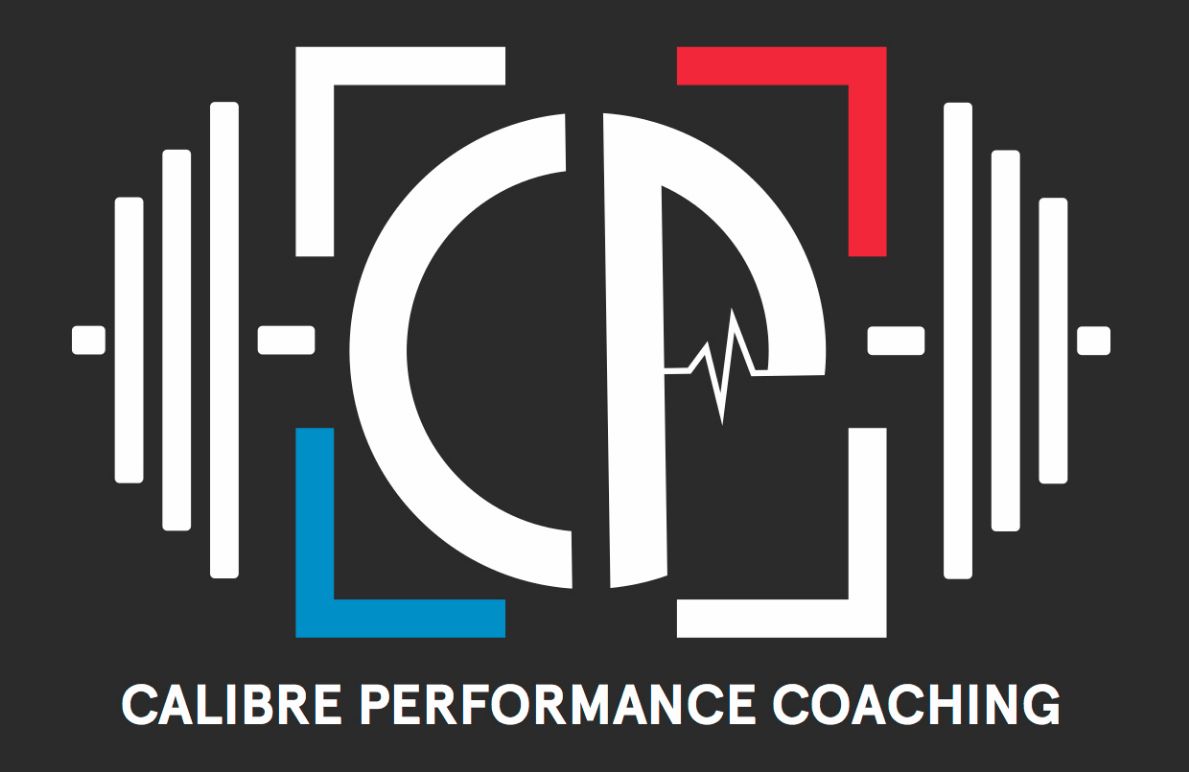Strength & Power, what’s the difference?
During your fitness journey, it is important to develop an understanding of the nuances of different training concepts. One common area of confusion for many athletes and fitness enthusiasts is the difference between strength and power. While both terms are sometimes mistakenly used interchangeably, they are in fact distinct qualities that contribute differently to athletic performance.
-
Strength represents the maximum force that a muscle group can generate against a resistance. Strength training typically involves heavy lifts and focuses on increasing muscular strength and the ability to produce increasingly more force through progressive overload. Strength underpins power, & is the foundation upon which power is built, but without speed, strength alone is not power.
-
While strength is essential for power development, building power requires more than just raw strength. Power involves the ability to produce force quickly. It is a combination of strength and speed. This is why power training often involves more dynamic and explosive movements, which emphasize speed and velocity. Power training aims to improve RFD (rate of force development) and increase the corridor of recruited and trained motor units (Zatsiorsky & Kraemer, 2006).
-
Exercises like plyometrics, ballistic exercises, olympic lifts, lower loaded compound lifts and sprints are commonly used in power-focused training, depending where on the force-velocity curve you are training. The key is moving with ‘intent’ or putting 100% effort into each repetition even with less load. This elicits maximum RFD and recruits and develops fast twitch muscle fibres. Many sports require explosive movements for success (eg. boxing, rugby, tennis), so anyone looking to improve power should be training both heavy strength movements and speed/power work at low reps with high intent to improve athletic performance.
-
Training for power is not only for athletes however, increases in peak power were found to be a critical variable in the maintenance of function and independence in older populations (Bean et al. 2002). Maximal strength capacity is significantly correlated with voluntary RFD (Mirkov et al. 2004), showing that even if health, longevity or strength are your primary goals, you should still, at least periodically, implement power work into your training.
References:
Zatsiorsky V. M. Kraemer W. Science and Practice of Strength Training, Second Edition (Second ed.) Human Kinetics: 2006.
Mirkov DM, Nedeljkovic A, Milanovic S, Jaric S. Muscle strength testing: evaluation of tests of explosive force production. Eur J Appl Physiol. 2004;91:147–154. doi: 10.1007/s00421-003-0946-8.
Bean JF, Kiely DK, Herman S, Leveille SG, Mizer K, Frontera WA, Fielding RA. The relationship between leg power and physical performance in mobility-limited older people. J Am Geriatr Soc. 2002;50:461–467.

